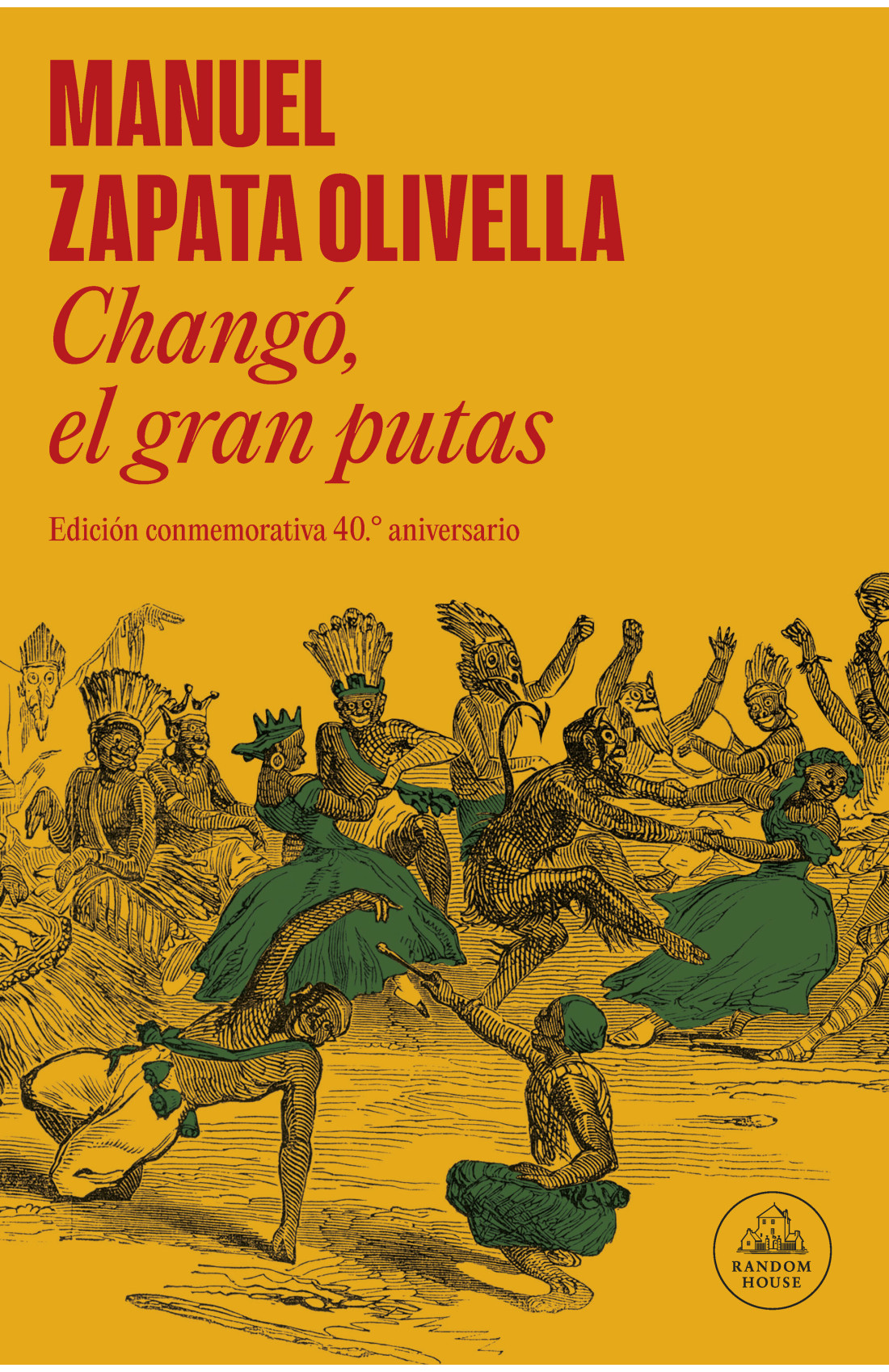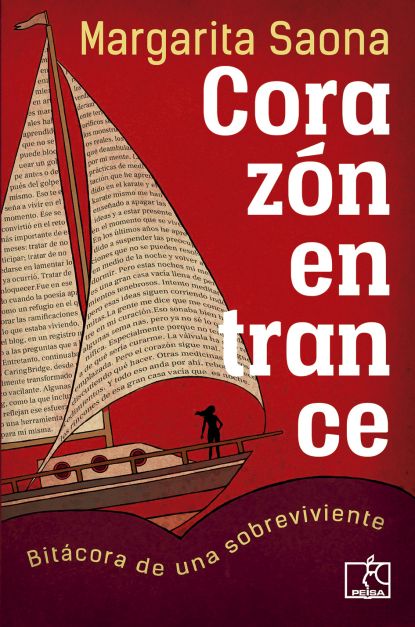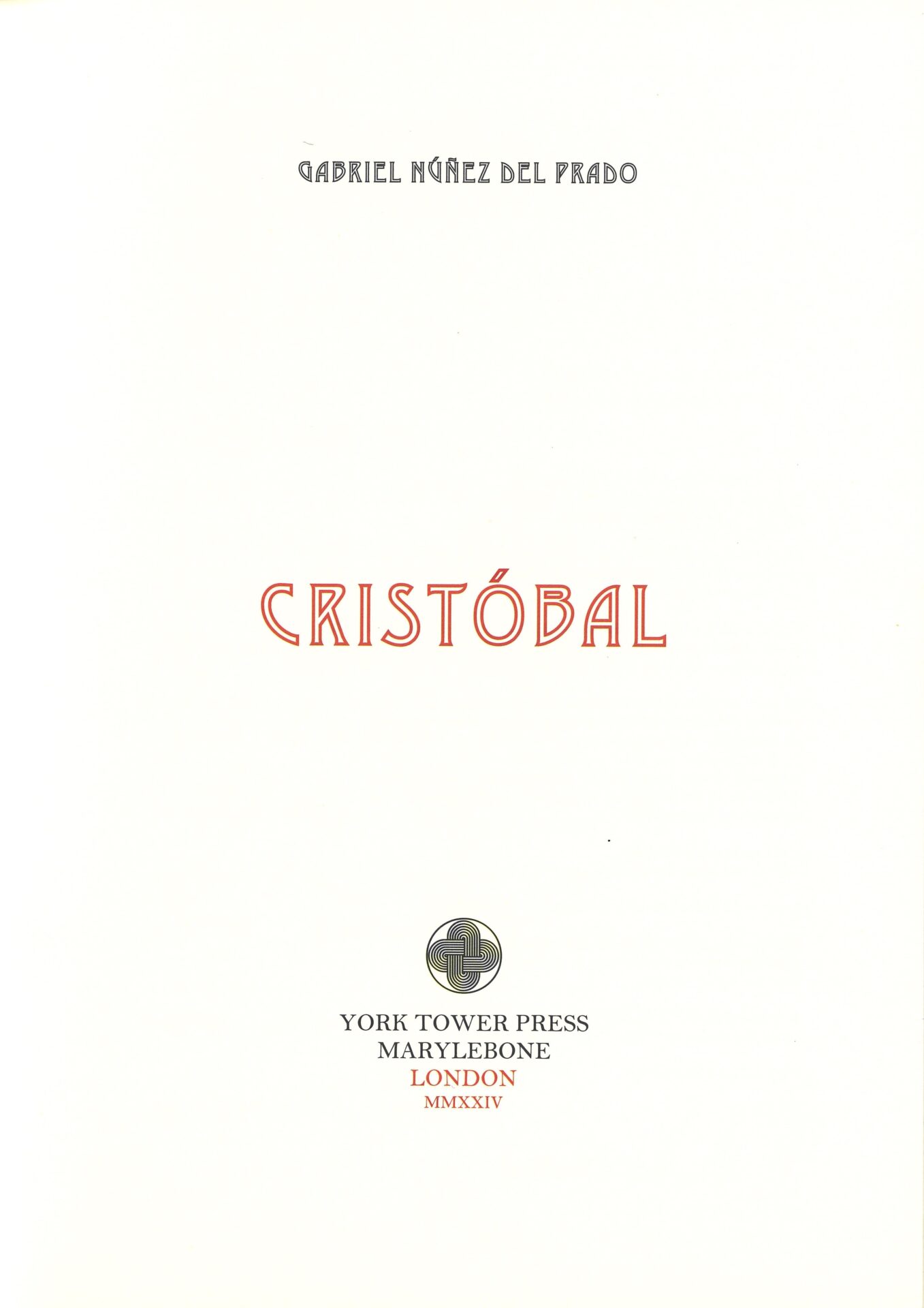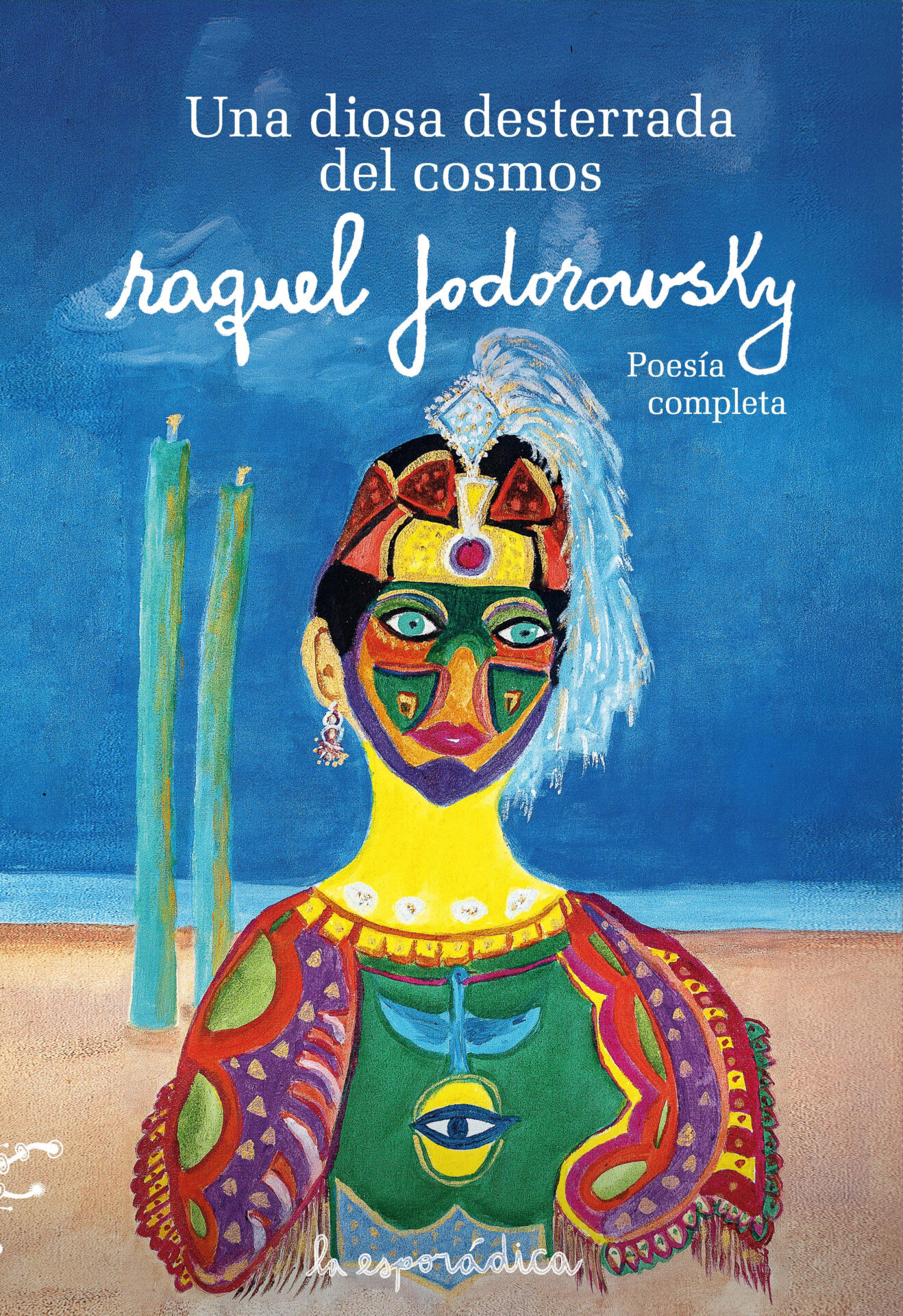Lima: Paracaídas Editores. 2023. 45 pages.
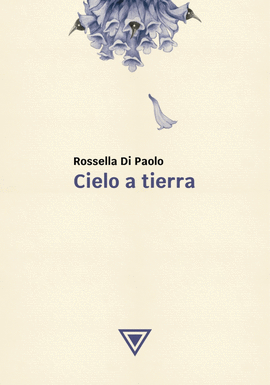 In 1913, Miguel de Unamuno, who could have never anticipated present-day deforestation or the evolution of books, highlighted the inseparable link between books and trees, underscoring the preeminence of the latter. This Spanish author revealed the intimate nexus writers create with trees, admiring their sacred nature and the living quarters they offer birds, surrendering to their polysemy, their range of colors and their skeletal, expressive branches. It is not surprising that authors have paid exacting attention to trees and lavished their fondness on certain species. In Rossella Di Paolo’s case, she focuses on the jacaranda tree. She sensed the power of poetic language identifying the tree as an “altar de ramas, de pájaros, de hojas” [an altar of branches, birds, leaves], as in Javier Sologuren’s poem “Árbol.” She noticed how the sun bounces off of trees, as Martín Adán describes in the verses of the poem “Sol.” Di Paolo’s fifth book pays homage to the splendid jacaranda of her youth. Antonio Machado’s musings on crumpled paper written before his death are the perfect epigraph to her book: “Estos días azules y este sol de la infancia…” [Those blue days and childhood sun…]. Cielo a tierra, Di Paolo’s most recent book of poetry, is a collection of poems that draw inspiration from the jacaranda, from the blue years of childhood.
In 1913, Miguel de Unamuno, who could have never anticipated present-day deforestation or the evolution of books, highlighted the inseparable link between books and trees, underscoring the preeminence of the latter. This Spanish author revealed the intimate nexus writers create with trees, admiring their sacred nature and the living quarters they offer birds, surrendering to their polysemy, their range of colors and their skeletal, expressive branches. It is not surprising that authors have paid exacting attention to trees and lavished their fondness on certain species. In Rossella Di Paolo’s case, she focuses on the jacaranda tree. She sensed the power of poetic language identifying the tree as an “altar de ramas, de pájaros, de hojas” [an altar of branches, birds, leaves], as in Javier Sologuren’s poem “Árbol.” She noticed how the sun bounces off of trees, as Martín Adán describes in the verses of the poem “Sol.” Di Paolo’s fifth book pays homage to the splendid jacaranda of her youth. Antonio Machado’s musings on crumpled paper written before his death are the perfect epigraph to her book: “Estos días azules y este sol de la infancia…” [Those blue days and childhood sun…]. Cielo a tierra, Di Paolo’s most recent book of poetry, is a collection of poems that draw inspiration from the jacaranda, from the blue years of childhood.
A repeated motif in Di Paolo’s poetry are trees and their inhabitants, exemplified by the lament of the Pequod from her book, La silla en el mar (2016): “más valdría haber sido simplemente un ataúd / no salir nunca del puerto / nunca talados los árboles que me hicieron navegar” [better to have simply been a coffin / or to have never left the port / never felled the trees that made me sail]. In her newest book, this unease transforms into a festival of color to which Di Paolo attentively leads us by hand, with bright eyes, jumping with the joy of one who celebrates life under the canopy of a friend and confidante. She invites the reader to play so that together they can discover color schemes they never knew existed. In this collection of poems, she sets aside the refined irony that characterizes her previous books, allowing a playful sense to inundate the pages from the start. We perceive a subtle parallelism between the jacaranda that hangs up its shade “con un clavito” [with a little nail] on the first day of class, and the girl who hangs up her apron on a hanger at school. From then on, the two spend happy times together, and the tree becomes the axis mundi: a place of “rondas giras vueltas” [spins twists turns], jumping rope, playing hide and seek, flying kites, or climbing trees.
Unlike her previous books, Cielo a tierra is not divided into sections, nor do the empty spaces and silences alternate with words, as we are used to in her work. Rather, throughout the book, complicity with the jacaranda unfolds and prevails. The boundaries between the classroom and the garden disappear: green leaves rest in her folders, “guijarros conchas arena del día que no se asistió a clases también y la niña preguntará: sobre la tapia / tus flores cerradas /¿me ven?” [today’s pebbles shells sand that didn’t go to class either and the little girl will ask: over the garden wall / your closed flowers / do they see me?]. The transgression of spaces is pushed to the brink of metamorphosis. Thus, folders and chalkboards sprout leaves and branches, and the classroom and garden become interchangeable. Moreover, open spaces are a refuge for escaping into books. As their characteristic blues emerge, we perceive their complete identification with creative activities, with the blue of fountain pens, letters, fingers, aprons… Color inundates everything: everywhere blue flowers fall from “cielo a tierra” [sky to earth] and the light humor of the poet remarks: “el cielo sueña en tus ramas / pero se agacha / para amarrarse los zapatos” [the sky dreams in your branches / but crouches down / to tie its shoes]. The explosion of color schemes and hues does not prevent an awareness of finitude and time passing from becoming obvious through the wind, which transforms everything or carries it away. The wind is seen as the jacaranda’s “curso favorito (divagar)” [favorite course (wandering)]. The wind blows the leaves of life—like children passing by—and the pages of school notebooks, or those on which statues are beheaded to create “sparks,” as we read in Piel alzada (1993). Becoming, transience, and the inevitable conclusion: the tree says goodbye to one more leaf and this goodbye travels along an avenue lined with jacarandas. Like the little green leaf in “Rama reverdecida” by Machado, this one also represents hope.
Full of reflections on attitudes toward life, now Di Paolo gives us Cielo a tierra, a symphony in blue, a vibrant hymn to nature.
The repeated nods to this Andalusian poet do not go unnoticed. The Generation of ‘98 was key to Di Paolo’s development as a writer, as was José María Eguren and “La niña de la lámpara azul,” and Javier Sologuren, of course, whose “altar” portrayed the continual back-and-forth between sky and land. Sologuren’s haikus, with Alfonso Cisneros Cox, Ricardo Silva-Santisteban, and José Watanabe, all partake in the ongoing search for the essence of things, for precise terms that condense delicate, subtle, and simultaneously brilliant meaning. Di Paolo’s extensive literary and cultural knowledge is evinced in each of her works and leads to different authors. The reader can see how she enjoys, admires, savors, and assimilates them, but also how she turns them upside down and sets them free, because she doesn’t allow the echo of these poets to drown out her always personal and authentic voice.
With this remarkable and impeccably produced book, Di Paolo gives us textures that invite touch. Illustrations by Víctor Ynami complement the book’s refined poems. This is an intimate work that returns to happy and exuberant origins, while also demonstrating a calm, serene maturity. In Prueba de galeras (1985), Di Paolo sang to the water through the figure of the fascinating sea, to the earth and air with a language that was full of implications. With Continuidad de los cuadros (1988), she discovered fire and anguish and a sense of urgency. These are accentuated in Piel alzada (1993), in which she brought rebellion, passion, conflict, indifference—always laced with an exquisite sense of humor—to the heart of the domestic space. She reflected on the color green and its many bright schemes that invade everything, including the writer’s desk. Then came La silla en el mar (2016), in which color retreats to make way for a complex, cerebral work that is full of reflections on attitudes toward life. Now Di Paolo gives us Cielo a tierra, a symphony in blue, a vibrant hymn to nature. With this book, she demonstrates, once again, her admirable versatility, and offers us a work we celebrate and for which we are grateful.
Translated by Amy Olen
University of Wisconsin-Milwaukee

